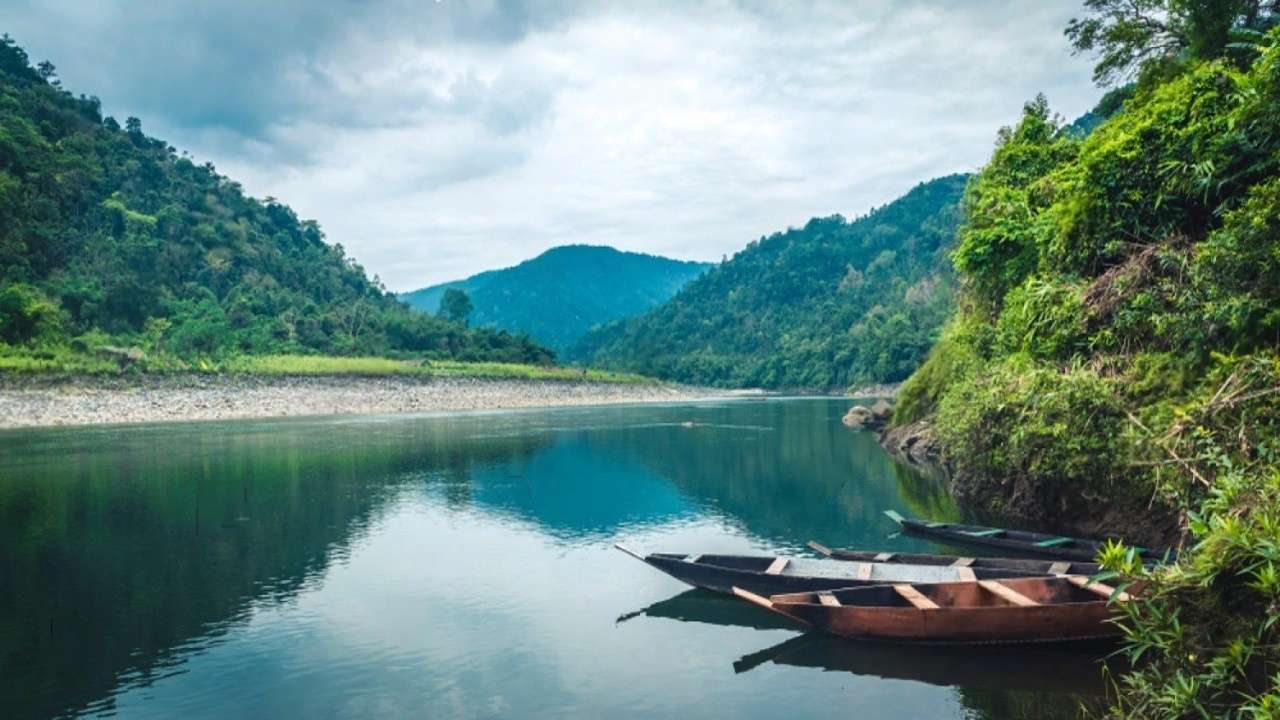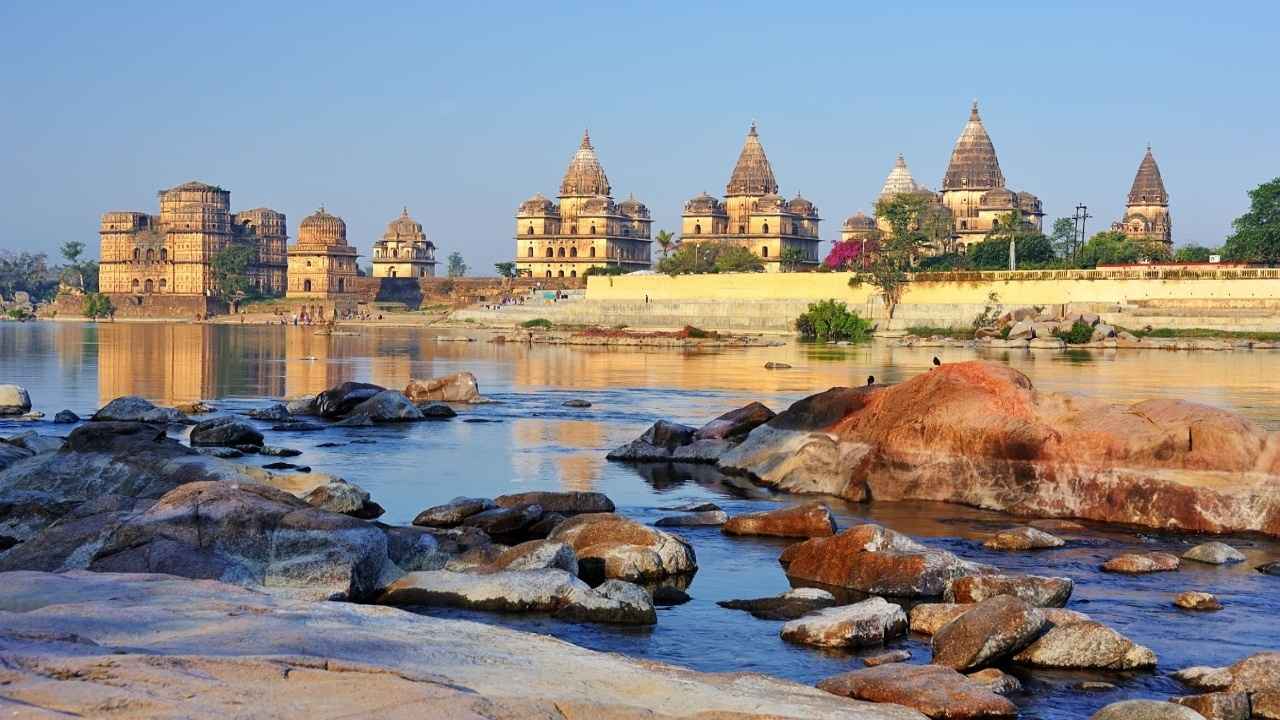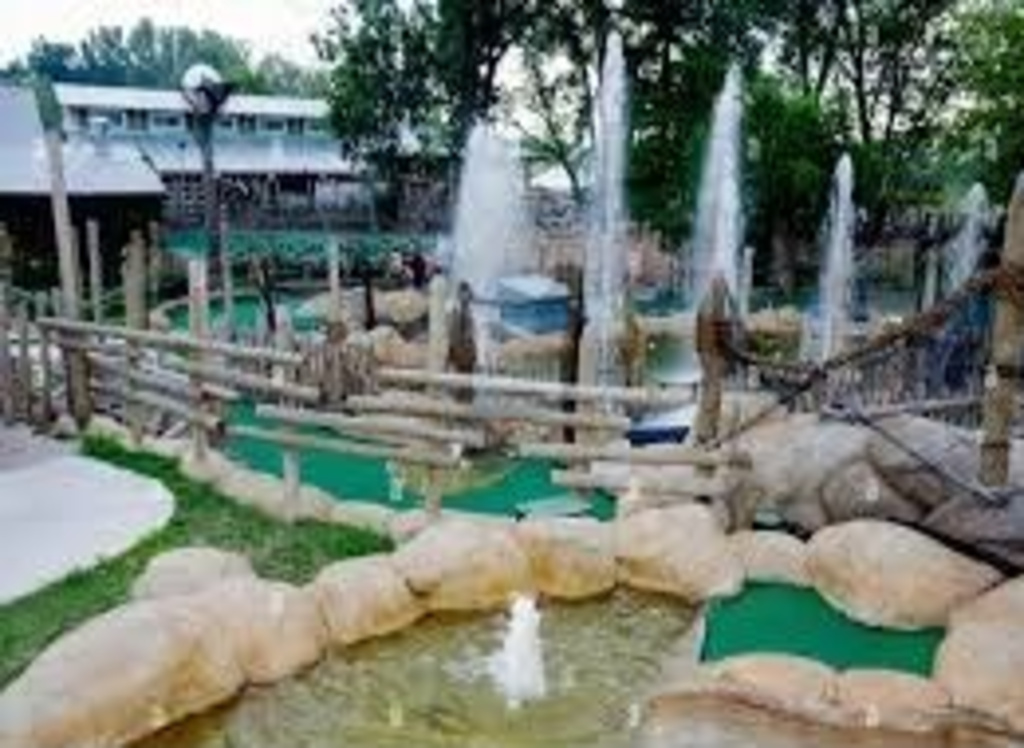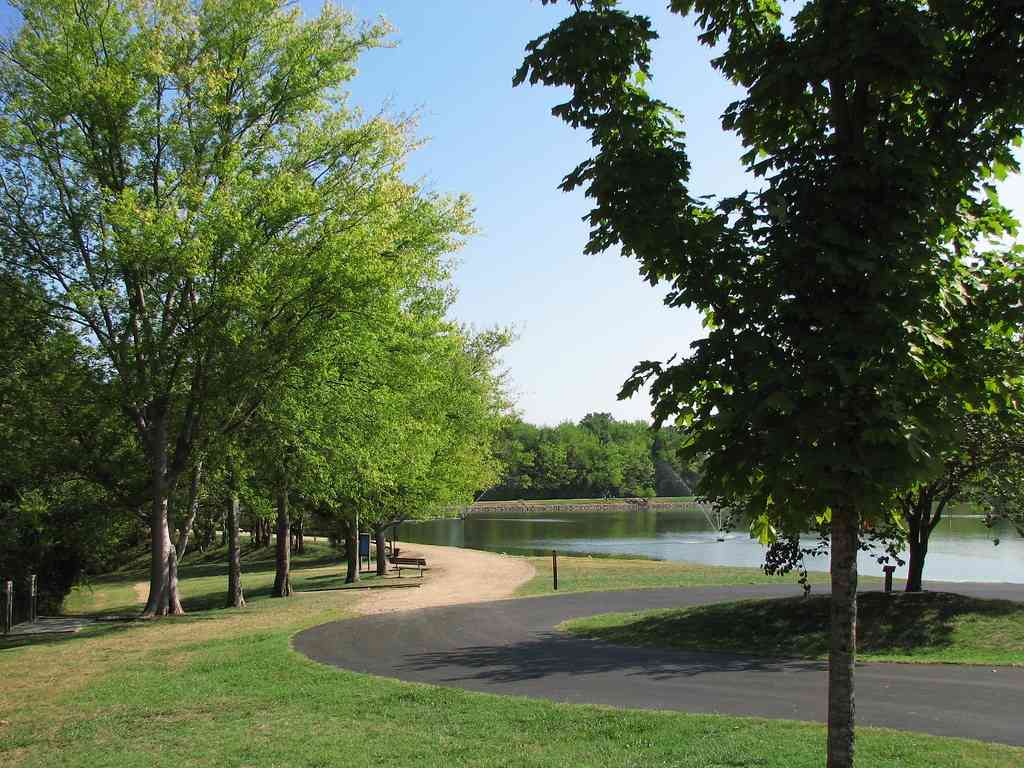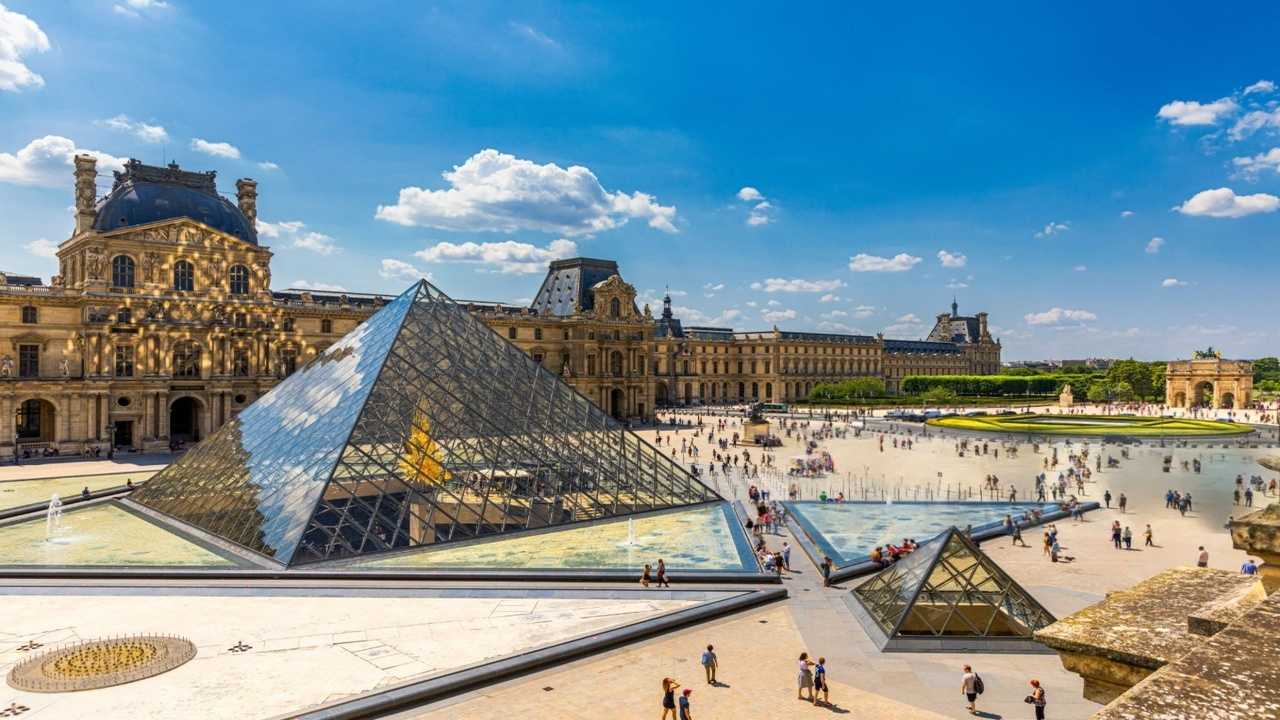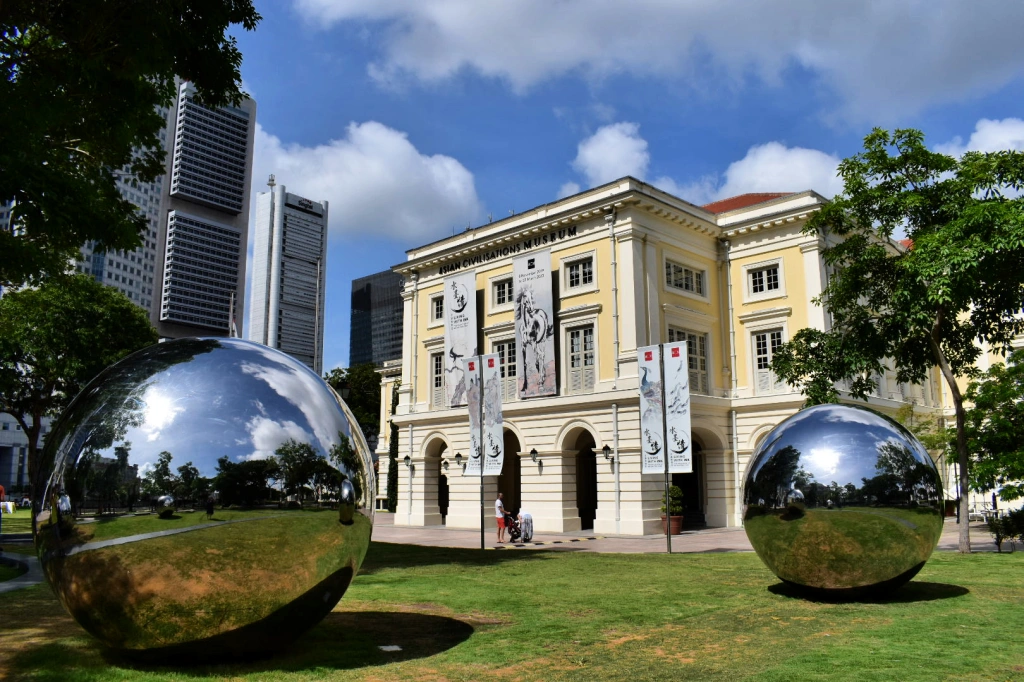
The very first time I got a hint about the Asian Civilisations Museum (ACM) found in Singapore, I could not help but want to go ahead and watch it. This museum classifies many different types of things/objects and cultures of Asia in one place.
As I am the kind of person who loves history and art, the thought of watching so many Asian civilizations together gave me an extra heart. It was a splendid day, and I went from the river to the museum and thought of having much fun.
First Impressions of the Asian Civilisations Museum
I was amazed as I drew near the ACM building, a marvelous sight witnessed. This place is an old colonial building located on the bank of the river, and it is very neat and noble. I felt that I was in an important place.
The museum covered with beautiful ceilings and lights. It makes me feel warm and relaxed. The staff greeted me and gave me a brochure with a map and information about the place.
The Galleries
There is a nice thing about the Asian Civilisations Museum: it has different galleries, each of which the story of a different part of Asia is told on various sectors of the journey in time. I chose the very first gallery, “Singapore River.” This space has a lot of information about how this place was established as a port of trade. Among the rest of the old stuff, I had the chance to see the maps and trade articles the locals used in the past. It was a real hit to discover that Singapore has grown into an alive and vibrant city through time.
Later, I walked around the “Ancient Religions” gallery. This museum exhibit focuses on Asia’s four great religions: Buddhism, Hinduism, Islam, and Christianity. I saw the beautiful sculptures, old manuscripts, and religious artifacts by unknown artists.
The one that stole my heart was the collection of Buddha statues, each with a different style and a separate meaning. It made me realize that people of other ethnicities can connect across borders.
Additionally, I saw the “Maritime Trade” gallery, which certainly made other questions arise. It vividly illustrated the maritime Silk Routes, significant transport ways binding Asia to the rest of the world. On the display, I saw ceramics, textiles, and treasures of a shipwreck.
The interactive displays were there to facilitate students’ understanding of how maritime trade was one of the roots of the growth of Asia. Seeing how people and ideas were connected for a long time was amazing.
Southeast Asia
One gallery from this museum that knocked me off my feet was the showroom of Southeast Asia. I have been to some of these states, so I was excited to witness the museums portraying their cultures.
The gallery contained souvenirs from Indonesia, Malaysia, Thailand, and Vietnam. I saw the special clothing, musical instruments, and religious items used exclusively in each country.
The exhibit I loved the most was the shadow puppets, or wayang kulit, from Indonesia. These are the instruments of traditional dances that give you imagination of stories from world literature.
The artisans who performed the shadow play craftily manipulated them in the shows. The art was so real it felt like I was in the middle of a scene from a live play with the characters performing before.
Also, I was impressed with the “Southeast Asia” gallery for holding the collection of traditional textiles. The museum has a gorgeous batik, ikat, and songket fabric collection, all made with different colors and patterns.
These textiles are a reminder of the cultural heritage of the communities that produce them. Even as I looked at them, I could not help but think about the ability of the artists who carried the tradition over the years to master the work.
Exploring the Ceramics Gallery
Besides the usual, I had to visit the Ceramics gallery, a must-go place for anyone below the poet limit. The gallery’s collection represents pottery and other art from several parts of Asia and the Islamic world.
A porcelain vase is the most amazing because I liked the one exhibited by the nine dynasties most. The piece had attractive features and worked well, and the master was brilliant.
Also, through the display, I learned about commerce, where ceramics play a big role in Asia. The Chinese porcelain brought from China was very popular in Europe, influencing the local pottery.
Special Exhibitions
What I appreciated most about the Asian Civilisations Museum is that they always open their doors to special exhibitions focusing on a particularly distinctive/variety of cultures.
During my visit to special exhibitions i see, a Japanese art exhibition showcased, woodblock prints, samurai armor, and tea ceremony items. The displays on the wall were very colorful and pictures of Japanese culture.
The show also discussed Japanese art and its influence on Western artists like Vincent van Gogh and Claude Monet in the late 1800s. It was so tempting to observe how art became the link for many cultures and the source of inspiration for many others.
The Asian Civilisations Museum Opening Hours
I would like to know the situation about the museum’s hours of operation before I leave. It is from 10 AM to 7 PM (Sunday-Thursday) until 9 PM on Friday. The pictorial image of the museum was one of the most easeful means to escape from time limitations, even while taking a fast view.
In the situation of the visitors’ possible presence during the public holidays, a general announcement should also appear on the museum’s website to let them know. After all, it should not be forgotten that the museum is closed on certain public holidays for change.
My Final Thoughts
My visit to the museum was beyond awesome! I grasped much knowledge from the different cultures and histories of Asia. The museum’s layout found objects, and displays gave me a great feeling as if I were watching a spectacle through time. The museum looked like a machine showing past and contemporary times.
I liked that the museum describes the complexities of culture in a clear and fun way. Whether you are a history buff, an art enthusiast, or searching for deeper knowledge about Asia, ACM fits your interests. I left the place inspired and very interested in the other people of the world and their cultures.
For more museum adventures and travel inspiration, visit Heaven Leads. Explore insightful guides, personal journeys, and detailed reviews of cultural and historical sites across the globe. Discover your next adventure with us!
FAQs
What are the Asian Civilisations Museum opening hours?
The museum is open from 10 AM to 7 PM and stays open until 9 PM on Fridays.
Where is the Asian Civilisations Museum located?
One Empress Place, Singapore, makes up the museum’s address. It is situated near the Singapore River, bringing it to the top of the supply chain as several significant business activities are on the river’s extreme ends.
How much is the entrance fee to the Asian Museum?
Generally, entrance to the museum will be SGD12 for an adult; however, seniors, students, and children can take advantage of some discounts on general admission tickets.

